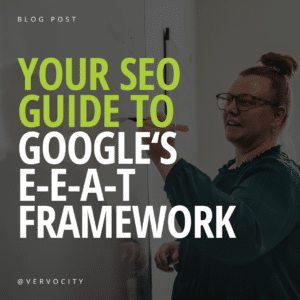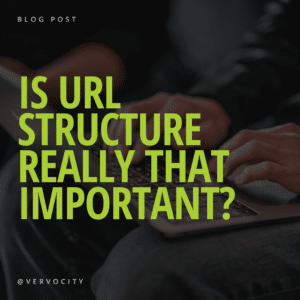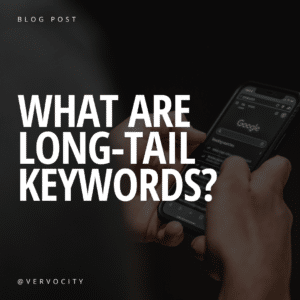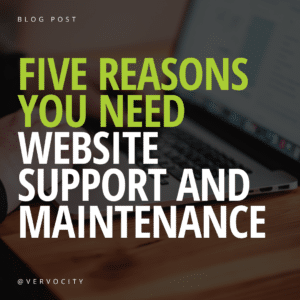How much time did you spend online today? Most of us spend a good chunk of our lives using the internet via mobile apps. In fact, you’re using the internet right now to read this blog. There are seemingly millions of ways that your customers can access the web, providing you with more and more opportunities to grow your business.
Mobile devices consistently demonstrate more powerful features that can give us all immediate access to social media, entertainment, and search tools through mobile apps. Web apps, Progressive Web Apps (PWA), and native apps are a few of the ways that these services are delivered to us. Many times these are mistaken as interchangeable terms, but this is a common misconception – whilst they might be similar, web apps, Progressive Web Apps, and native apps all have very distinctive differences.
Web Apps
By far the simplest way to build an app is a web app that is developed to be used by any browser on any system and is essentially a highly interactive, fluid, and responsive website. A web app runs on a web server and is accessed using your web browser. An internet connection is required to download each screen and upload your changes. Some common examples of popular web apps are GMail and Google Docs.
PWA – Progressive Web Apps
A Progressive Web App, or PWA, is a web app with progressive enhancements. A PWA can include offline capabilities that will allow the app to display cached content or store submitted data for upload when an internet connection is restored. Progressive Web Apps actually run in a web browser just like a web app but function like a native app once the app is added to your device’s home screen.
Native Apps
A native app is built to run on a particular mobile device platform. The two most common platforms are Apple and Android. Depending on the app, it may be able to run without an internet connection but not all of them function in the same way.
Native App Advantages
- Direct access to your operating system and hardware
- Can be distributed through the Apple and Android App stores
Native App Disadvantages
- When distributing through an app store there is a paid developer subscription
- All native apps are reviewed before release which can slow down releases
- Each store may take a portion of your application subscription
- Increased development time
How are mobile apps built?
There are several ways that an app can be built; it largely depends on whether you’re making a web app or a native app, or what platform you’re actually designing the app for. Web apps and Progressive Web Apps are built using the standard coding language of javascript, CSS, and HTML.
Ongoing maintenance for mobile apps
Once your app is live, you’ll need to make sure you have a team that understands the coding language to support it if it goes down. Users expect new features so you’ll want to be sure to have your team keep your app from going stagnant.
Need a mobile app?
Vervocity is here to help build apps that enrich the lives of your customers. We listen to your needs and are ready to build a tool that works for your customers and business. Contact us today and let’s chat about your options for an app.










